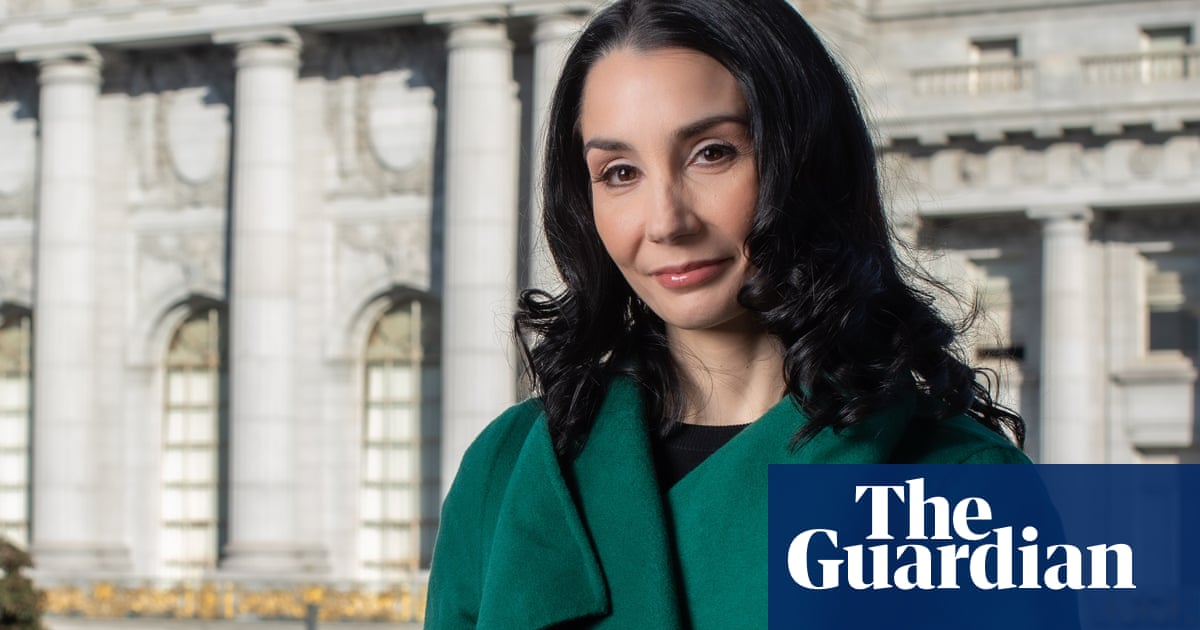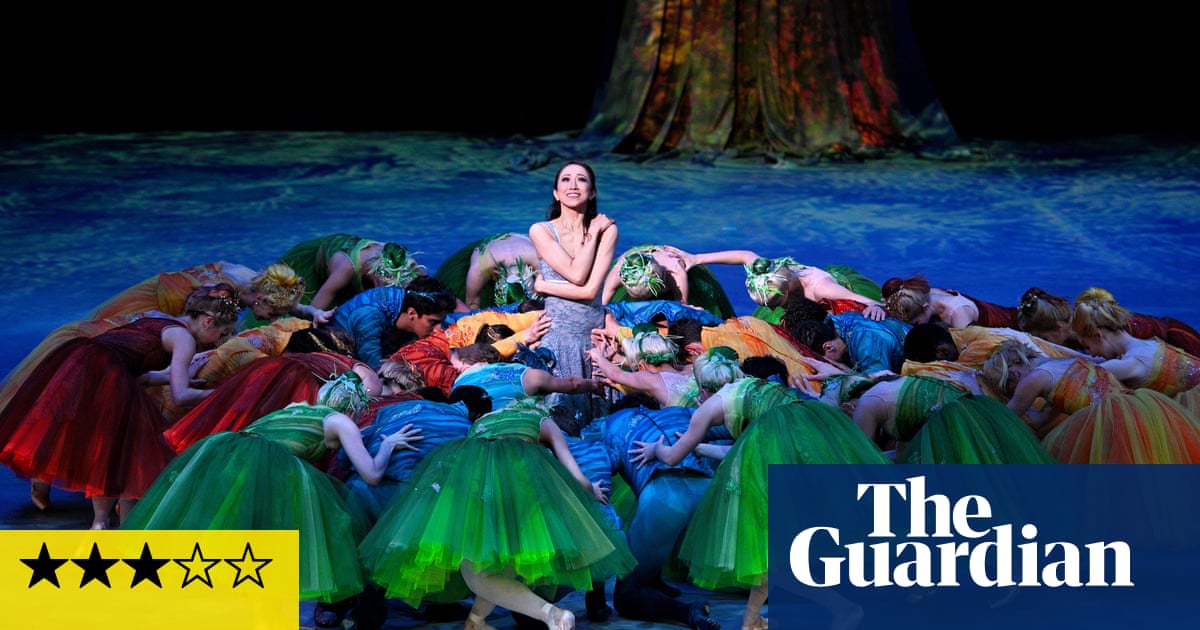
Right now, Tamara Rojo is putting the finishing touches to the first ballet she has created for English National Ballet – a new version of Raymonda – but it will also be her last. She announced on Tuesday that she is leaving the company, where she is artistic director and lead principal, to take up the artistic directorship at San Francisco Ballet.
It’s a blow for Britain’s ballet scene, where the sharply intelligent Rojo has been an innovative leader and an articulate advocate for the art form, turning ENB from a respected but unexciting touring company into a news-making organisation.
It doesn’t feel that long since Rojo arrived in the job but it’s almost 10 years – testament to the fact that things have never become predictable in her time there. When she started, she was one of the world’s leading dancers at the Royal Ballet, with little management experience but plenty of brains and ambition.
She brought star quality to ENB and continued to dance, combining the two roles in a seemingly impossible balancing act of early morning body conditioning, daily class with the rest of the company and morning rehearsals, then in the afternoon running the company (and in the evenings when not performing, out networking and fundraising and all the other things artistic directors have to do).
You could see the results for the company on stage, although there were some rumblings about Rojo’s management style, and a number of dancers left. She brought in Cuban ballerina Loipa Araújo to coach the dancers and new signings: Alina Cojocaru, poached from the Royal Ballet, Precious Adams from the US and the brilliant Russian Maria Kochetkova, as well as some virtuoso young men, including César Corrales, Jeffrey Cirio and Isaac Hernandez (who is her partner – the couple have a nine-month-old son).
Rojo has also overseen the company’s move from its cramped HQ in South Kensington to slick, vast new studios in Canning Town, representing not just a geographical shift, but a move from a spot associated with upper crust heritage – round the corner from the Royal Albert Hall; Princess Diana used to escape across Kensington Gardens for lessons there – to the east of the capital where the mood is all about change, renewal and creativity.
Rojo turned the company into one worth talking and writing about. She was always walking a tightrope between artistic innovation and staying financially afloat (ENB’s bank balance is much more precarious than that of the Royal Ballet behemoth), serving regular helpings of The Nutcracker and staging some big glitzy romps such as Le Corsaire to win crowds. But her biggest success was in asking contemporary/kathak choreographer Akram Khan to reinvent one of ballet’s most cherished works, Giselle. The triumphant result was a brooding, intense ballet, setting the turbulent story of love and betrayal in a community of migrant factory workers, and was a reinvention for the company – the dancers performing with a new energy and urgency. The work has toured internationally.
Elsewhere, Rojo commissioned another contemporary choreographer, Russell Maliphant (along with Khan and ballet choreographer Liam Scarlett) to make a moving triple bill, Lest We Forget, marking the centenary of the first world war. She has continually championed female choreographers, of whom there have been embarrassingly few in the ballet repertoire, staging an all-female triple bill, She Said, with works from Annabelle Lopez Ochoa, Yabin Wang and Aszure Barton. She gained rare permission for the company to perform Pina Bausch’s punishing Rite of Spring. With their wild hair and bodies flying, the dancers couldn’t have been further from classical ballet’s poised prettiness. And she got the great William Forsythe to make the joyful Playlist (Track 1, 2) leaping and spinning to house music in a piece of pure balletic pleasure.
The risk-taking doesn’t always pay off – Khan’s 2021 piece Creature was the equivalent of those dark TV dramas where the lighting’s too gloomy and you can’t hear what the actors are mumbling, but you can’t resent the ambition to push the agenda and keep ballet a vital, living art form. Rojo’s vision has always been to tie together classical ballet’s heritage with modern theatrical sensibility and meaty female characters, and in her Raymonda – a Florence Nightingale-inspired story set in the Crimean war – she’s putting her money where her mouth is. Even though it might be her swansong for English National Ballet, it’s only the beginning of the next gripping chapter of Rojo’s career.












